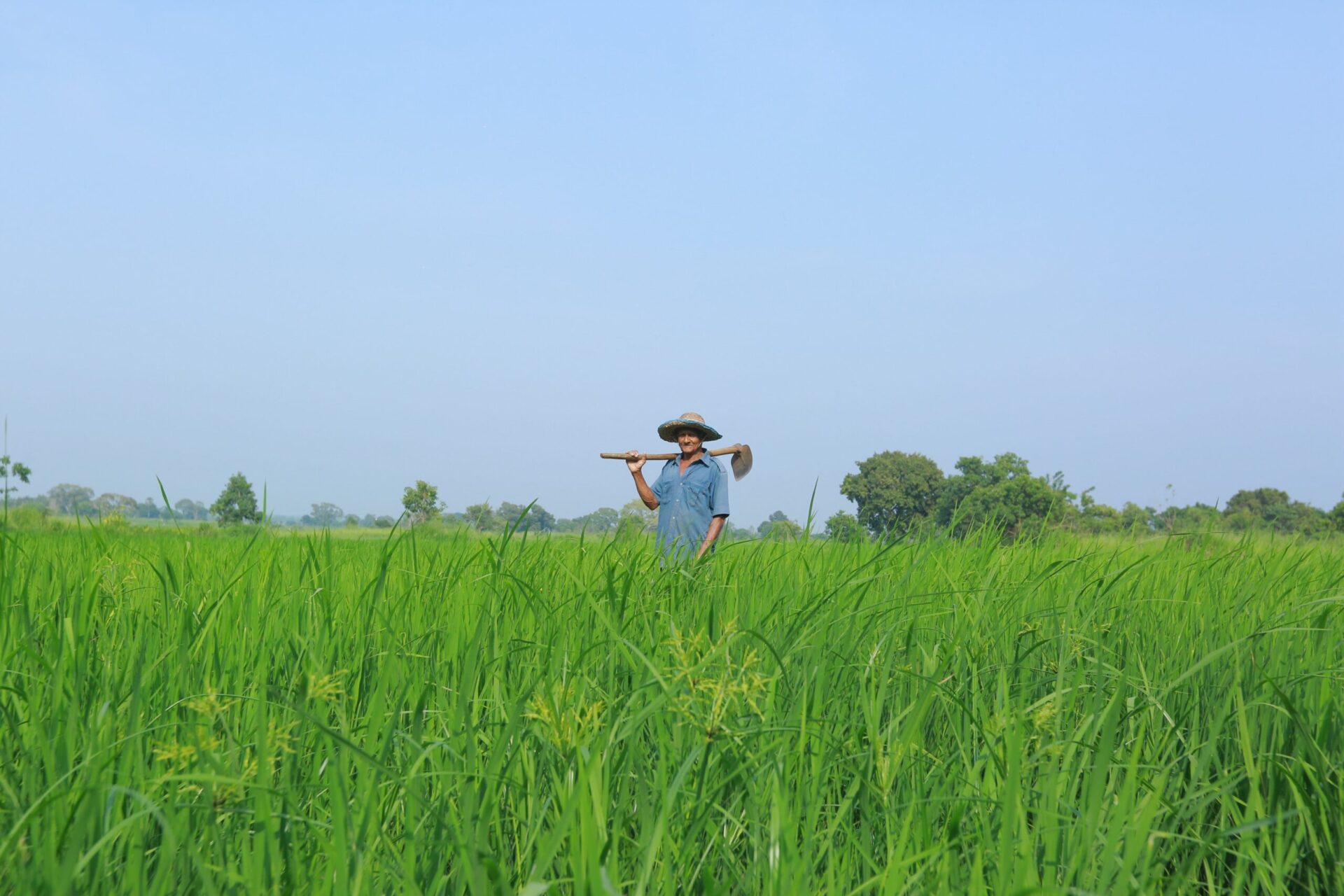Working Paper: Addressing Climate and Disaster Risk through Inclusive and Participatory Mechanisms

Introduction
The impacts of climate change increasingly undermine efforts of sustainable development and the reduction of poverty. Climate and disaster risk finance and transfer mechanisms are key components of any comprehensive risk management framework to address these issues. If they are designed appropriately to cater to the needs of the most vulnerable communities, they can enhance the implementation of climate action, enable more resilient and sustainable economic development, and protect lives, livelihoods, businesses, public finances, and infrastructure.
Inclusive and participatory risk transfer mechanismssupport climate action and adaptation measures, but they are also critical tools in addressing unavoidable losses and damages. In both cases, the nature of risk must first be understood and evaluated to identify effective, evidence-based approaches that can be scaled up and institutionalized through policies, legislations, processes, and mechanisms such as the Nationally Determined Contributions (NDCs), the National Adaptation Plan (NAP) process, the Warsaw International Mechanism for Loss and Damage (WIM), or the Sendai Framework.
Developing countries in particular require financial, technical, and capacity support to address loss and damage, enhance implementation of actions, integrate focus areas of the WIM into their national mechanisms, and update NDCs with comprehensive climate risk management frameworks that take into account climate-induced loss and damage. It is vital for developing countries to manage climate and disaster risk proactively and efficiently to not compromise the implementation of development plans and achievement of SDGs, protect vulnerable populations, and access finance, technology, expertise, and capacities.
This working paper has the objective to present a compilation of key information and experiences related to inclusive and participatory climate and disaster risk management, outlining ways to implement and enhance such mechanisms and address the needs of vulnerable communities.
*Download the full publication from the right hand column. The key messages from the publication are provided below. See the full text for much more.
Methodology
The information contained in this working paper is assembled from desk research and the valuable contributions of the panellists, speakers, experts, and key stakeholders who participated in SLYCAN Trust’svirtual workshop series on Climate and Disaster Risk Management, Risk Transfer, and Related Laws and Policies held from January 18th to 21st, 2021. The workshop series comprised four sessions with panel discussions, Q&As, and breakout groups to further discuss thematic aspects in-depth.
A comprehensive risk management framework is understood as comprising a number of different elements and steps, from risk prevention and reduction (for example relocation or adaptive measures) to risk transfer (for example insurance, weather derivatives, or forecast-based finance) and risk retention (for example budgetary reserves or contingency funds), which covers residual risks that cannot be prevented, reduced, or transferred. Risk transfer in particular allows stakeholders to shift or pool risk across a larger number of individuals or institutions (and ultimately, global financial markets), thereby providing certainty for the insured (who pay regular, clearly defined premiums) and transferring their risk to insurers and reinsurers (who have more resources and larger portfolios that enable them to survive shocks).
If risk transfer mechanisms are developed and operated in a participatory fashion – i.e., with input, agency, and ownership of vulnerable households and communities (for example by involving them in the design process of insurance schemes and policy frameworks, data collection, and damage assessments) -, they can develop synergies with informal and traditional risk-sharing mechanisms, social protection systems, and ongoing efforts for sustainable development and poverty alleviation.
Lessons Learnt
- Climate and disaster risk emerges from the interaction of hazards, exposure, vulnerabilities, and lack of coping and adaptive capacities.
- To address this, acomprehensive risk management strategy includes different elements such as risk prevention, risk reduction, risk transfer, and risk retention.
- Key considerations on risk management also include theroles and responsibilities of stakeholders from various levels and sectors as well ascross-cutting issues including social protection, gender, youth, just recovery, just transition, and others.
- Development of inclusive and participatory risk transfer mechanisms needs to take into account policies and the enabling environment, access to information and technology, private sector, community engagement, and local knowledge.
- Risk transfer is not a stand-alone solution and has weak points, but it can be part of a risk management framework on the micro, meso, or macro-level.
- Key functions of inclusive and participatory risk transfer mechanisms revolve aroundscope, functionality, benefits to communities, and additional co-benefits such as financial access, risk reduction, development, coordination, data availability, and multi-stakeholder cooperation.
Suggested citation
SLYCAN Trust (2021). Working Paper: Addressing Climate and Disaster Risk through Inclusive and Participatory Mechanisms. Colombo, Sri Lanka: SLYCAN Trust (GTE) Ltd.
(0) Comments
There is no content